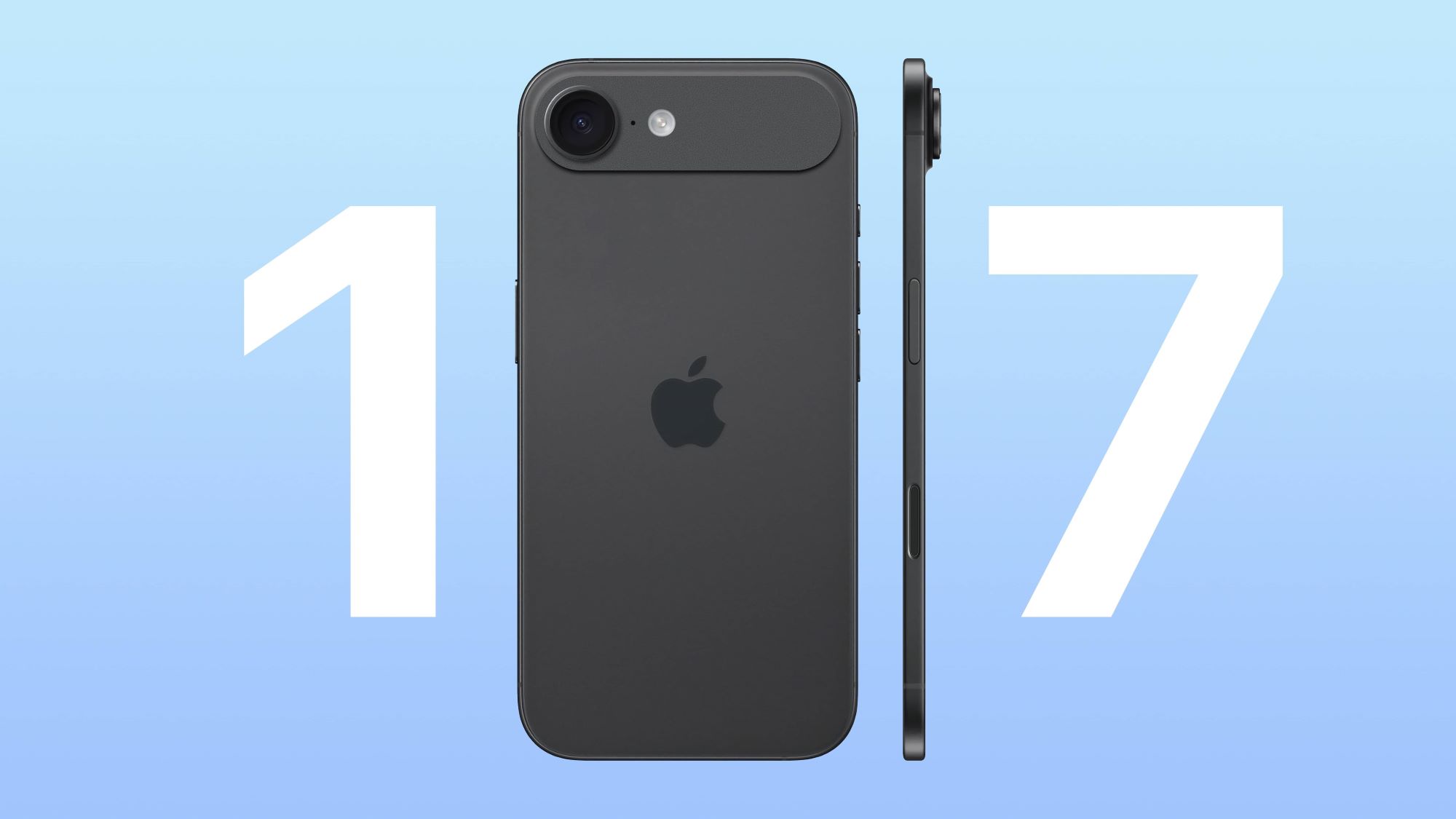Just when tech enthusiasts were gearing up for the arrival of the OnePlus Watch 3, a hypothetical price tag of $500 has sent shockwaves through the community. While the device itself boasts promising features, a significant price jump compared to its predecessors seems to have triggered a fierce backlash from potential buyers. The question on everyone’s mind: Would you still buy the OnePlus Watch 3 at $500? The answer, according to a recent poll, is a resounding and rather brutal “no.”
The OnePlus Watch 2, currently priced around $240 USD, offered a compelling package of features at a competitive price point. Consumers have come to expect a certain level of affordability from OnePlus, a brand that initially disrupted the smartphone market with its “flagship killer” devices. This expectation now extends to their wearables.
However, recent reports indicate a potential shift in this pricing strategy. Initially slated for a global launch at $329.99, the OnePlus Watch 3 has reportedly seen its price climb to $499.99 in some markets, primarily attributed to tariffs on goods imported from China. This sudden $170 increase has understandably left many prospective buyers reeling.
To gauge the true extent of this price hike’s impact, Android Authority conducted a poll asking their readers if they would still purchase the OnePlus Watch 3 at $500. The results paint a stark picture. A staggering 91% of respondents indicated they would no longer buy the smartwatch at this inflated price. Only a meager 9% remained interested.
This overwhelming rejection highlights a critical point: price sensitivity remains a significant factor for consumers in the smartwatch market, especially when considering brands like OnePlus. While the OnePlus Watch 3 boasts improvements like a longer battery life (up to 120 hours), a titanium build, and an upgraded AMOLED display with sapphire crystal, these enhancements may not be enough to justify a $500 price tag in the eyes of most consumers.
The market is already saturated with strong contenders in the smartwatch arena. For $500, buyers can readily consider well-established options from Apple and Samsung, brands with a longer history and arguably stronger brand recognition in the premium wearable segment. These competitors offer a mature ecosystem, a wide array of features, and often, a perceived higher level of prestige.
One Android Authority commenter, M.bigio10, cleverly managed to secure the watch at a lower price by pre-ordering, highlighting the frustration of those now facing the higher cost. “I was smart. Even though I’m currently using the OnePlus Watch 2, as a hedge against tariffs, I ordered the Watch 3 before the tariffs kicked in. With the coupon and trade-in discounts, paid only $219.99. It arrived yesterday, thank you very much!” This comment underscores the sentiment that the original price point was far more palatable.
The OnePlus Watch 3 does offer a compelling set of specifications. Reviews praise its long battery life, smooth performance powered by Wear OS, and accurate fitness tracking capabilities. The inclusion of features like ECG functionality and vascular elasticity metrics further positions it as a capable device. However, the question remains whether these features, however impressive, warrant a $500 price tag when compared to the competition.
The price increase puts OnePlus in a precarious position. While the company has acknowledged the “Meda in China” typo on some initial units and offered returns, the silence surrounding the price hike is deafening. Their official statement to Droid Life regarding the price change was simply, “We don’t have any additional information to share at this time.” This lack of transparency only fuels speculation that the tariffs are indeed the primary culprit.
The long-term implications of this pricing strategy could be significant for OnePlus’s ambitions in the smartwatch market. By positioning the Watch 3 at $500, they risk alienating their core customer base, who have come to expect value-for-money products. It also makes it a much harder sell against established players with stronger brand loyalty in the premium segment.
While a smaller, potentially more affordable “mini” variant of the OnePlus Watch 3 has been hinted at for the Indian market, the global pricing strategy for the standard model remains a cause for concern. If the $500 price tag becomes the norm, OnePlus may find itself struggling to gain significant traction in a highly competitive market.
The brutal response to the $500 OnePlus Watch 3 serves as a stark reminder of the delicate balance between features, performance, and price. Consumers are discerning, and in a market with numerous options, a significant price hike without a corresponding leap in perceived value is likely to be met with strong resistance. OnePlus will need to carefully consider its pricing strategy if it hopes to make the Watch 3 a success and solidify its position in the smartwatch arena.




